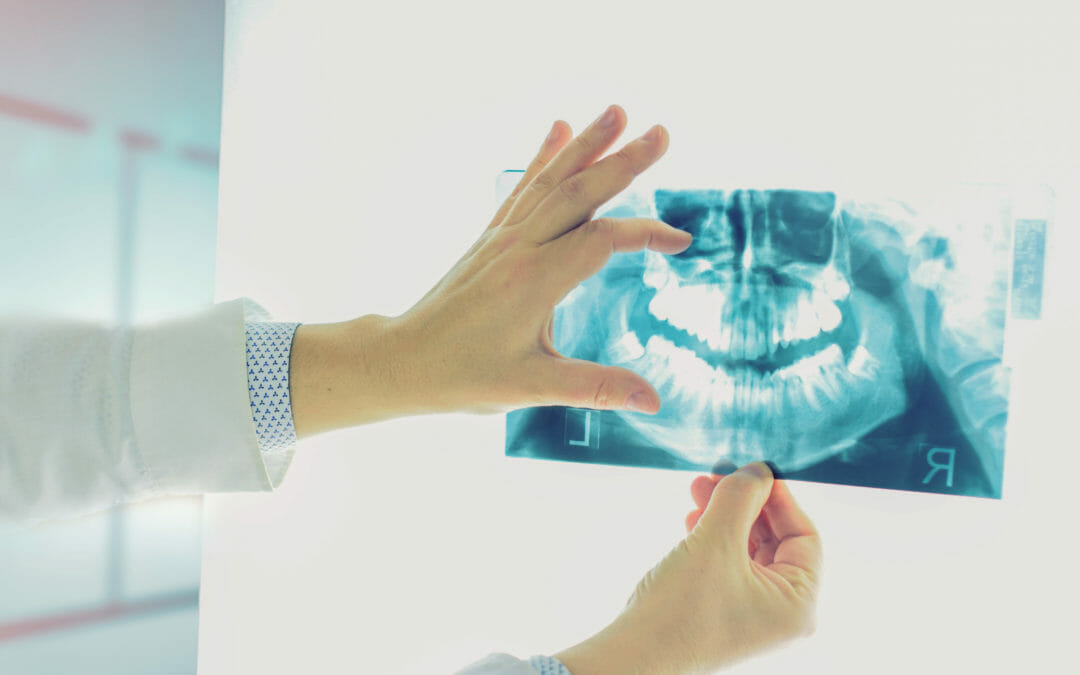The teeth are set into the jawbone, and that jawbone could be vulnerable to bone loss. It’s important to have strong bones to keep the teeth well-supported, but dental bone loss is a common problem that many patients experience. When the jawbone around the tooth loses density, it can be a serious problem that requires attention. It needs to be cared for so that it won’t cause health problems that are even more severe.
Causes of Dental Bone Loss
One of the more common causes of dental bone loss is simply getting older. The mass of the jawbone tends to decrease over time, but there are other factors that can go into dental bone loss. It’s important to know what goes into the loss so that you can try to prevent it and/or get it reversed. One of the main causes of this bone loss is periodontal disease, also known as gum disease. When you have gum disease, this is caused by plaque building up on the teeth caused by improper brushing and flossing. When this plaque isn’t treated, it continues to build up on the teeth and under the gums. This buildup of plaque will cause bacteria, and your body’s response to it, to slowly destroy the areas of bone around the teeth. This can cause the teeth to decay and to become loose.
You can also get dental bone loss from conditions such as osteoporosis. Smoking can also lead to bone loss in the jaws. When you smoke, over time it will destroy the network that delivers blood to the gums, and this leads them to go without nutrition. It also changes the production of enzymes that work to maintain the gums. This change often leads to the loss of bone over the years. Another cause of bone loss can be tooth grinding, also known as bruxism. Bruxism can cause you to put too much force on your teeth, and this can end up causing bone loss in many patients. It has a worse effect if you aren’t brushing and flossing correctly or you are a smoker. Less commonly, there are jaw lesions that can cause bone loss. These may be malignant tumors, but they can also be benign cysts that over time will erode the bone.
Bone loss in the jaw can also be caused by losing one or more teeth. When there isn’t any pressure on the bone from the teeth and the chewing and biting that it did, the bone that was around a missing tooth can start to recede. Many people with a missing tooth or teeth experience bone loss and have a more difficult time getting a dental implant to replace the lost tooth.
Dental Bone Loss Risks
When a patient has dental bone loss, there are a number of risks that can come with it. It generally means that the teeth don’t have the support they need to stay in place. It can also cause the gums to recede. As the loss of bone gets worse, it can cause the teeth to get loose, and the patient may have pain when they eat. When the case becomes severe, the loss of bone loss can cause the teeth to become infected, and this may mean getting a tooth extraction is necessary. When the teeth are gone, a corrective measure such as dental implants or a dental bridge may be necessary to restore your smile.
Dental bone loss can also mean that you get larger gaps between your teeth and the gum pockets become deeper. This will lead to the amount of food that gets trapped in the area, and this can cause the teeth to decay. When these large food-trap areas are present, there may be treatments needed such as crowns or root canals because of the damage done.
Reversing Dental Bone Loss
There are a few ways that this type of bone loss can be treated or reversed. One way that it is treated is to do a deep cleaning of the teeth all the way to the roots with a special tool. This can crack the plaque buildup on the teeth and allow it to be removed. To reverse the loss of bone, it is possible to spur the regeneration of bone through a bone graft. This is a procedure that is performed to reverse bone loss through the use of grafting techniques. Bone is added to the area where the bone has been lost, and this bone can come from a variety of sources. It may be taken from outside of the body, or it may be your own bone that is taken from another area and placed into the area of loss.
This addition of bone can stimulate the jaw to engage in bone regeneration to reverse the loss. Often, the bone graft is used to get the bone regenerated, and then a dental implant is used to keep the bone in place and to replace the lost tooth. This prevents the bone from deteriorating again.
When you need treatment for dental bone loss, we are available. Give us a call at DFW Oral Surgeons to find out more about the procedures you may need and to schedule your consultation. You may need a bone graft to reverse the loss of bone to avoid more dental problems.

